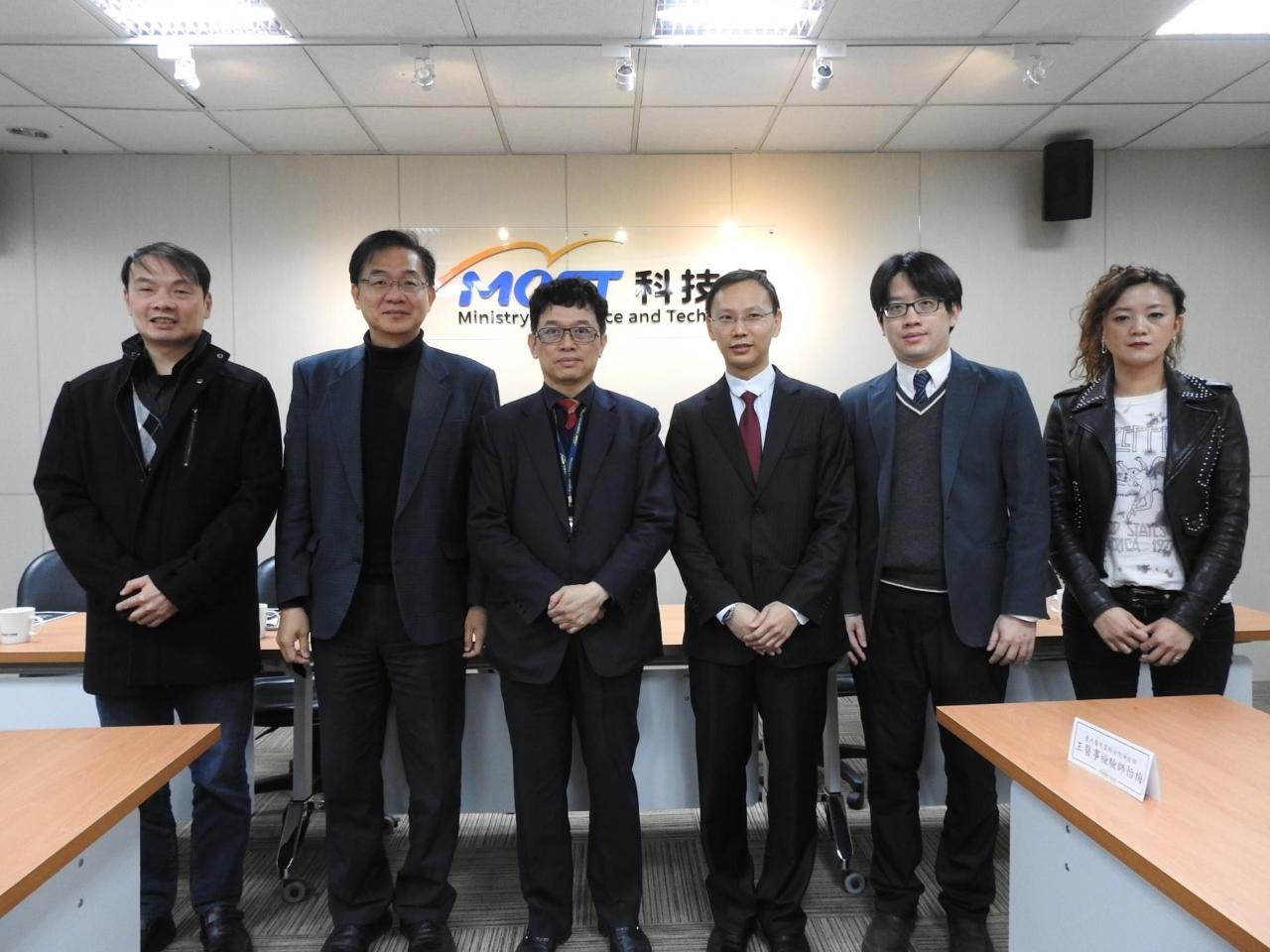What is essential tremor? Why it is important?
Do you have shaking hands when using spoons, holding a bow or signing a document? Do you feel frustrated that the more you try to control the move, the worse the shakes will be? Such symptom is called action tremor and is the core feature of essential tremor (ET), the most common movement disorder that affects 4% of adults, up to 20% of elderly population and is 5 times more prevalent than Parkinson’s disease.
While ET is such a common disorder, the mechanism of ET remains largely unknown. Clinically, only two ET medications are FDA approved with the responsive rates less than 50%. Surgical treatment, such as thalamic deep brain stimulation or thalamotomy, could have better initial outcomes, but the therapeutic effects may gradually wear off and we don’t know why.
The discovery of ET mechanism and clinical biomarker
Based on the support of Ministry of Science and Technology in Taiwan (MOST), we established a long-term collaboration with Columbia University Medical Center (CUMC) in tremor research. By incorporating the advantage of human pathology (CUMC) and optical-electrical technology in live animal/human researches (National Taiwan University, NTU), we found a mechanism of ET and developed a new technique (cerebellar electroencephalography, or cerebellar EEG) and a related clinical biomarker (abnormal cerebellar oscillations) for ET.
Starting with human pathology, we observed that the cerebellum, the “small brain”, of ET patient develops too many cerebellar climbing fibers. The overgrowth of cerebellar fibers is associated with the loss of a cerebellar protein called GluRδ2, whose function is to stabilize the synapses between the fibers and the neurons and therefore control the fiber growth. These findings triggered us to identify a GluRδ2-deficient mouse model, which also develops climbing fiber overgrowth and ET-like action tremor. With the animal model, we can apply state-of-the-art optogenetic technology, which can use light to control the activities of brain cells with the precision to millisecond scale, while recording the corresponding neuronal activities and mouse behavioral changes in real-time. We found that the loss of GluRδ2 protein leads to the overgrowth of cerebellar climbing fibers, whose activities cause too much synchronization and oscillations of cerebellar neurons and therefore generate tremor. The mouse findings drove us to develop a new technique called cerebellar EEG, which can record human cerebellar electric activities non-invasively. We found that excessive cerebellar oscillations also exist in ET patients and can serve as a biomarker in ET.
In summary, we found a pathophysiology of ET, with mutually referenced mouse and human evidence spanning molecular (GluRδ2 deficiency), structural (cerebellar fiber overgrowth), physiological (excessive cerebellar oscillations) and behavioral (action tremor) levels. More importantly, the discovery of an ET mechanism and the corresponding clinical biomarker by novel cerebellar EEG tehcnology could significantly benefit clinical diagnosis and guide the new drug development in future works. The study results have been published in Science Translational Medicine 12(526), 2020.
Technology integration facilitates neuroscience research in Taiwan
Supported by brain science projects from MOST, Taiwan is developing multi-disciplinary and fully integrative teams in the field of neuroscience researches. In fact, this study is an outcome of the integrative facility established in Molecular Imaging Center, NTU. The facility incorporates multiple electro-optic technologies from different Universities, including optogenetics with simultaneous electrophysiology (Ming-Kai Pan, NTU college of medicine), artificial-intelligent (AI)-based behavioral tracking system (Wen-Sung Lai, NTU), in-vivo multi-photon imaging of live behaving animals (Sung-Jan Lin & Shi-Wei Chu, NTU), fiber photometry (Cheng-Chang Lien, National Yang-Ming University), tissue-clearing and super-resolution imaging (Ann-Shyn Chiang, National Tsing Hua University). Moreover, the animal-to-human translation and advances in cerebellar EEG are held in National Taiwan University Hospital, Yun-Lin Branch. These integrative works provides unbiased, multi-dimensional approaches by state-of-the-art electro-optic technologies with tightly linked pipeline of animal-to-human translation. By incorporating the strong support and advances of electrical engineering and optical technologies in Taiwan, we could use these technologies to push the neuroscience research forward and help improving human health in neurological diseases.
Author Information:
Ming-Kai Pan, M.D., Ph.D.
The author is currently an assistant professor, Institute of Pharmacology, National Taiwan University College of Medicine. Dr. Pan is also affiliated to Molecular Imaging Center (MIC) and Neurobiology and Cognitive Science Center (NCSC) in National Taiwan University, and is an attending physician of National Taiwan University Hospital, Yun-Lin Branch. Internationally, he is also a committee member of Tremor Study Group (TSG) in International Parkinson’s Disease and Movement Disorder Society (MDS).
Media Contact
Dr. Ming-Kai Pan
Institute of Pharmacology, National Taiwan University College of Medicine
TEL: 02-23123465 ext.88316
Email:emorypan@gmail.com
Dr. Hui-Hsin Lee
Department of Life Sciences, Ministry of Science and Technology
TEL: 02-27377461
Email: hhlee@most.gov.tw
